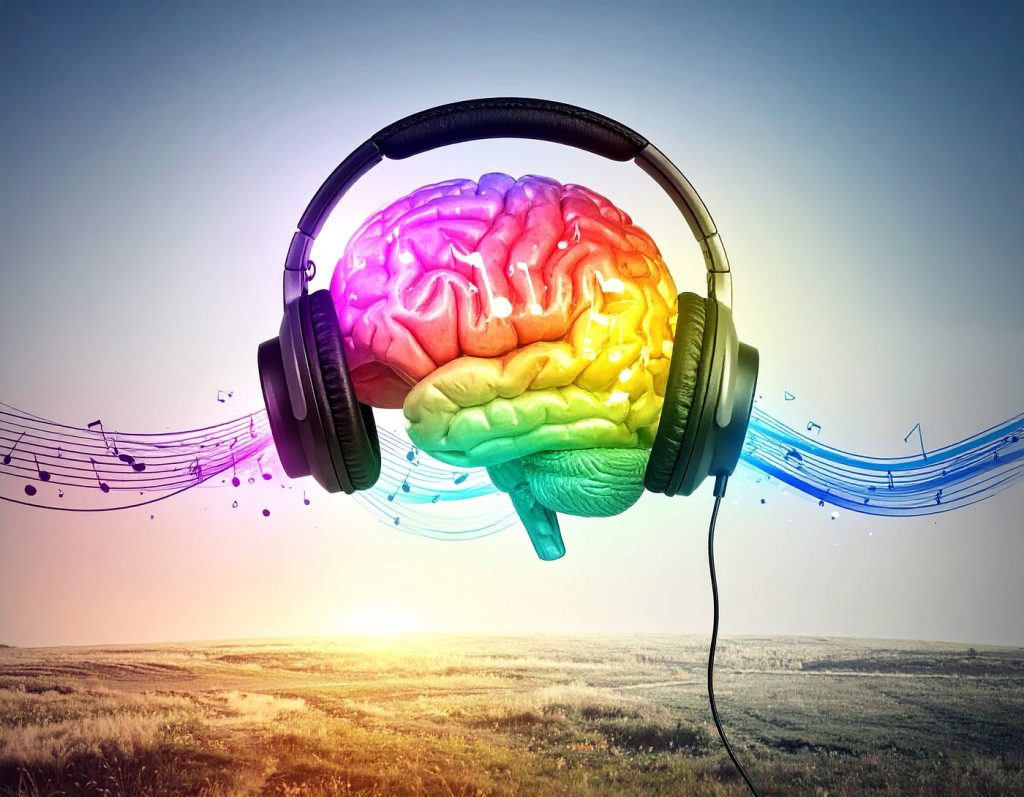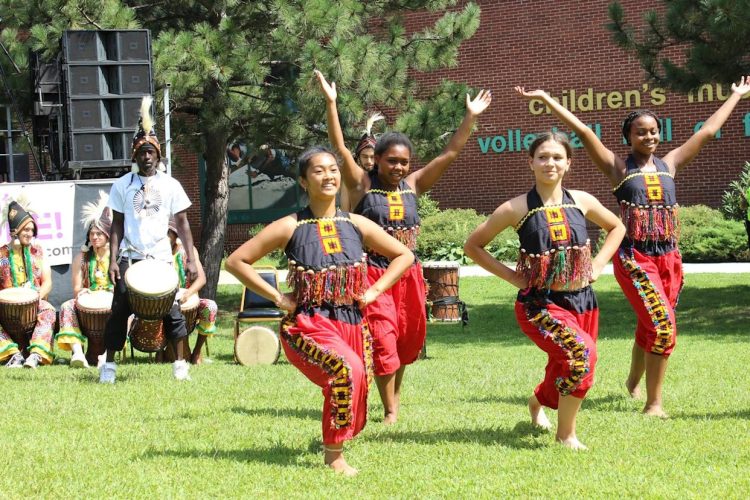The power of music and movement to soothe the soul and boost mental wellness is ancient yet increasingly validated by modern science. Across cultures and centuries, humans have instinctively turned to rhythm, dance, and song as tools for emotional expression and healing. Today, research confirms that engaging with music and movement activates brain pathways that regulate mood, reduce anxiety, enhance focus, and combat burnout. Whether you’re managing anxiety, ADHD, or chronic stress, incorporating music and movement into your daily routine can be a transformative mental health strategy. This article explores the science behind these synergistic therapies and offers practical, science-backed ways you can harness rhythm and motion to heal your mind starting today.
The Neuroscience of Music and Movement
Music engages multiple areas of the brain simultaneously, including those responsible for emotion, memory, attention, and motor control. When we listen to music, the auditory cortex processes sound while limbic structures like the amygdala and hippocampus regulate emotions and memory formation. Movement, especially rhythmic motion like dancing, activates the motor cortex, basal ganglia, and cerebellum—regions that help with coordination and timing. Crucially, music paired with movement stimulates the release of neurotransmitters such as dopamine, serotonin, and endorphins, chemicals that promote pleasure, motivation, and relaxation. This neurochemical cocktail helps regulate mood, reduce pain perception, and increase feelings of social connection and wellbeing.
Music and Movement as Anxiety Management Tools
Anxiety often manifests as heightened nervous system activity and racing thoughts. Music with a steady tempo or slow rhythm can lower heart rate and cortisol levels, directly calming physiological stress responses. Movement adds a body-based layer to this calming effect. Activities like gentle dance, rhythmic swaying, or even tapping feet help discharge tension stored in muscles and reduce the “fight or flight” response. For individuals experiencing anxiety, pairing soothing music with intentional movement fosters mindfulness, grounding them in the present moment and interrupting cycles of worry. Research shows that even 20 minutes of dance or rhythmic movement combined with calming music significantly decreases self-reported anxiety levels.
Supporting Focus and Impulse Control in ADHD
ADHD challenges related to attention, hyperactivity, and impulse control can be supported by music and movement therapies that harness rhythm and repetition. Structured musical activities such as drumming or dancing to a beat provide external rhythm cues that help synchronize neural timing, improving cognitive control and executive function. Movement stimulates the release of dopamine in the prefrontal cortex—the brain area critical for attention regulation—offering a natural focus boost. Studies reveal that children and adults with ADHD show improved concentration and reduced impulsivity after engaging in rhythmic movement and music-based interventions. Interactive music therapy sessions incorporating instruments and movement games further enhance engagement and social skills.
Burnout Recovery Through Expressive Movement and Music
Burnout is characterized by emotional exhaustion, detachment, and reduced motivation. Restoring vitality requires reconnecting mind and body through creative expression and joyful activity. Music and movement offer safe outlets to release suppressed emotions, restore energy, and rebuild self-awareness. Expressive dance, improvisational movement, or even gentle yoga flows performed to uplifting or favorite music can shift mood and rekindle motivation. Group music and movement sessions foster community and reduce feelings of isolation often associated with burnout. Studies find that regular participation in dance therapy or music-making improves emotional resilience and decreases burnout symptoms among healthcare workers and high-stress professionals.
Practical Strategies to Integrate Music and Movement
You don’t need to be a professional dancer or musician to benefit from music and movement. Here are accessible, science-backed practices you can try immediately:
- Dance Freely to Your Favorite Tunes: Put on music that lifts your spirit and move intuitively. Focus on the sensation of your body and the rhythm beneath your feet. Even 10 minutes can release tension and elevate mood.
- Rhythmic Tapping or Drumming: Use your hands or household items to tap along to a steady beat. This simple rhythmic activity engages motor and auditory circuits, grounding you and boosting focus.
- Guided Movement Meditations: Follow videos or apps that combine gentle movements with calming music and breathwork. These sessions enhance mindfulness and reduce anxiety.
- Active Listening Sessions: Choose music with a clear beat or nature sounds and practice focused listening while gently moving—such as swaying or stretching—to anchor attention.
- Group Dance or Music Classes: Join local or virtual communities offering dance, drumming circles, or music therapy groups to experience social connection and collective healing.

Tailoring Your Practice for Maximum Benefit
Consider your mental health needs and preferences when choosing music and movement styles. For anxiety relief, opt for slower tempos and smooth, flowing movements. If improving focus or managing ADHD symptoms is your goal, try upbeat rhythms and structured rhythmic activities. For burnout recovery, choose expressive, creative movement that feels joyful rather than performance-driven. Experimenting with genres and movement forms—from classical and jazz to hip-hop or contemporary dance—helps identify what resonates most deeply and motivates consistent practice.
Scientific Support for Music and Movement Interventions
A growing body of research underpins the mental health benefits of music and movement. Neuroimaging studies reveal increased connectivity between brain regions involved in emotion and motor control after dance therapy. Clinical trials show music therapy reduces anxiety and depression scores in diverse populations, including cancer patients and veterans with PTSD. ADHD research highlights improvements in attention span and executive function from rhythmic movement programs. Meta-analyses confirm that dance movement therapy yields positive effects on mood, stress, and quality of life, making it a valuable adjunct to traditional mental health treatments.
Beyond Individual Practice: Social and Cultural Dimensions
Engaging in music and movement is often inherently social, tapping into our evolutionary need for connection. Group dancing or singing builds social bonds and fosters a sense of belonging, which independently protects mental health. Culturally, music and dance ceremonies have long functioned as communal healing rituals, reinforcing identity and shared emotional release. Today, virtual communities and apps recreate these social experiences, broadening access to collective music and movement practices regardless of location or physical ability.
Overcoming Barriers and Creating Routine
Starting a music and movement practice can feel intimidating if you’re unfamiliar or self-conscious. Begin with small, private sessions at home to build comfort. Use playlists or apps designed for mental health support to guide you. Set reminders or integrate sessions into daily routines such as morning wake-ups or evening wind-downs. Even short, consistent practices accumulate significant benefits over time. Embrace imperfection and focus on enjoyment rather than technique.
Conclusion
Music and movement are natural, enjoyable, and scientifically validated allies for mental health. By activating brain circuits linked to emotion regulation, attention, and social connection, these practices offer powerful tools to manage anxiety, support ADHD, and recover from burnout. Incorporating music and movement micro-practices into daily life empowers you to heal, focus, and thrive mentally and emotionally. Whether through solo dance, rhythmic tapping, or community music sessions, these strategies unlock the healing potential of rhythm and motion—waiting for you to try today.

















































